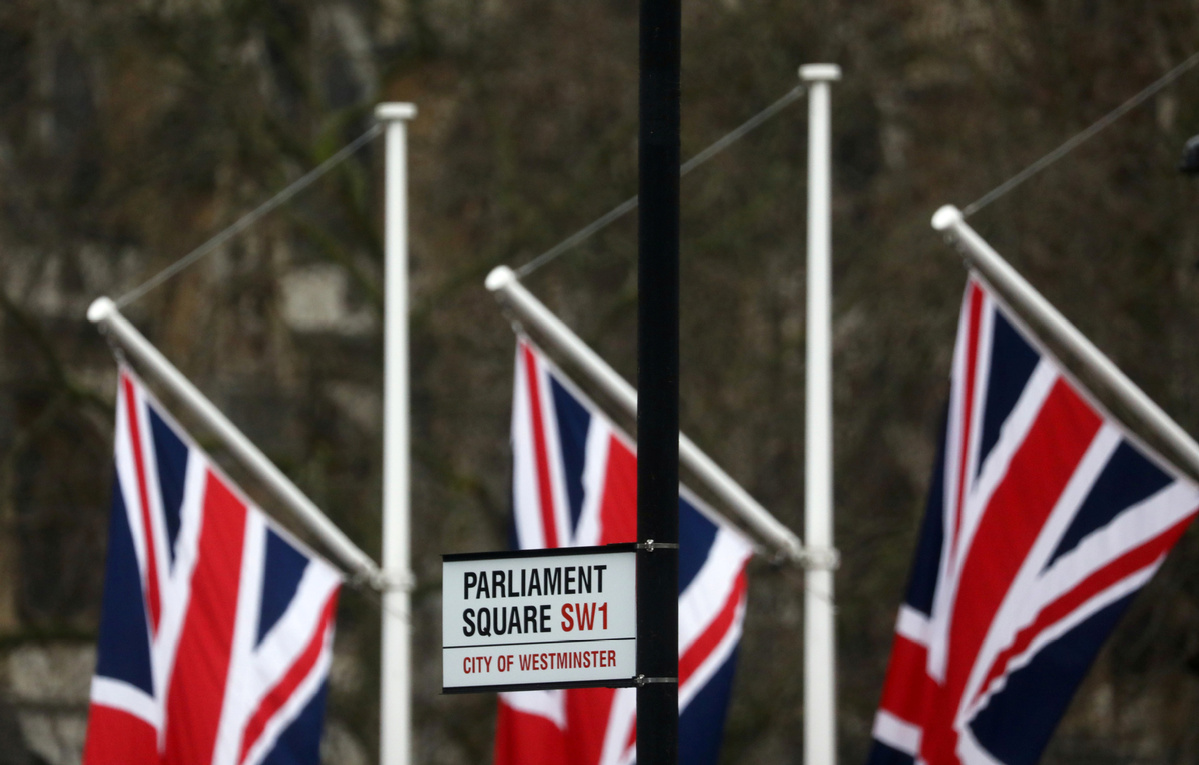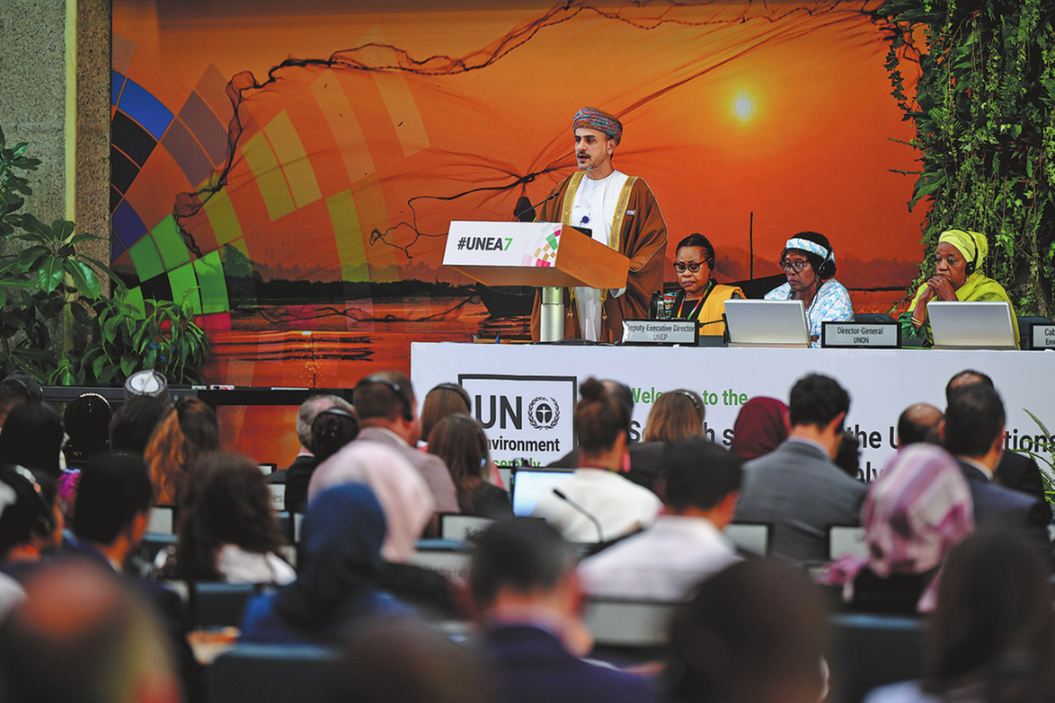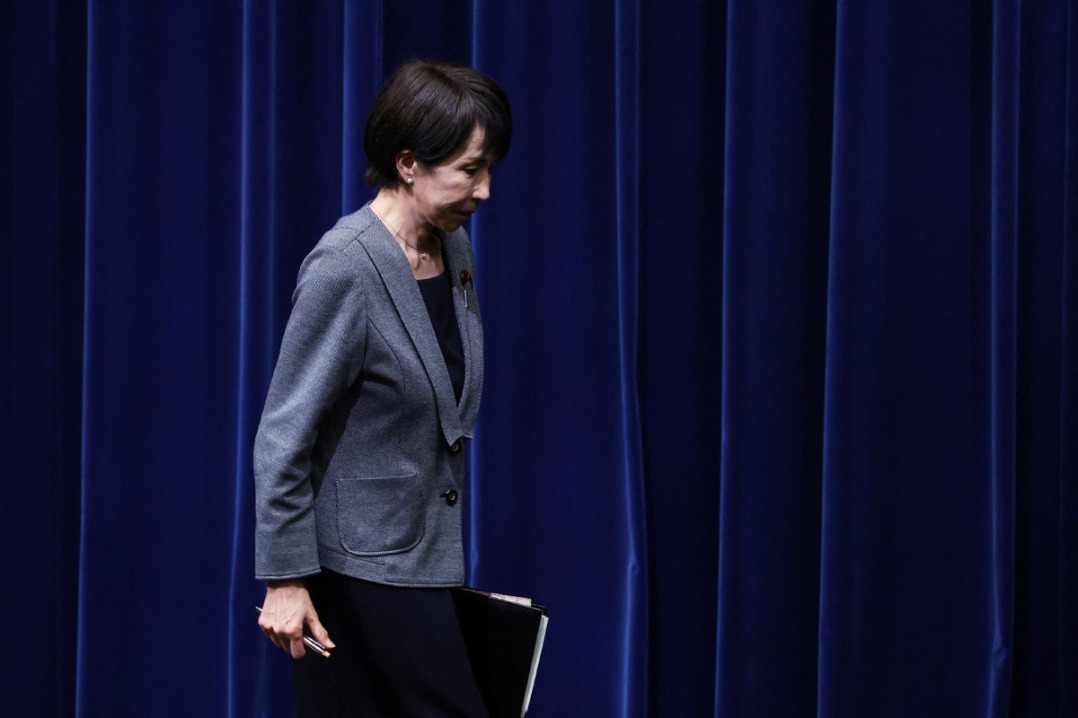UK doesn't bring much to CPTPP table


The ministerial-level meeting of the Comprehensive and Progressive Agreement for Trans-Pacific Partnership in Auckland, New Zealand, on Saturday and Sunday officially approved the United Kingdom's entry as its 12th member. The UK is also the CPTPP's first European member.
From applying for membership on February 1, 2021, to becoming a formal member, the UK achieved it in just over two years.
Brexit, which happened on Jan 31, 2020, greatly hit the UK's trade, investment and labor imports, making it one of the worst-performing economies in Europe. But can joining the CPTPP help it stop bleeding further? The answer is "no".
The CPTPP is fundamentally a "rules-first" trade framework, rather than a "market-openness-first" trade framework. That is why it includes the term "comprehensive and progressive."
Joining the CPTPP helps a country align with high-standard international trade rules and is beneficial for China, which emphasizes continuous opening-up. However, for the UK, which already operates under high-standard trade rules, the benefits of joining the CPTPP are relatively limited.
Indeed, the UK can benefit from market openness, as 99 percent of products between all CPTPP member countries (excluding Japan) enjoy zero tariffs.
However, among the existing 11 CPTPP member countries, eight already had free trade agreements in place with the UK, which enabled it to join the grouping relatively faster.
Joining it helps the UK open up markets with just New Zealand, Malaysia and Brunei, the market sizes of which may not be sufficient to meet the UK's production capacity significantly.
In fact, without the participation of China and the US in a multilateral trade framework, the incremental market space is indeed limited. China's economy alone is one and a half times the combined GDP of the CPTPP's 11 countries, and even with the inclusion of the UK, it remains smaller than China's economy.


































